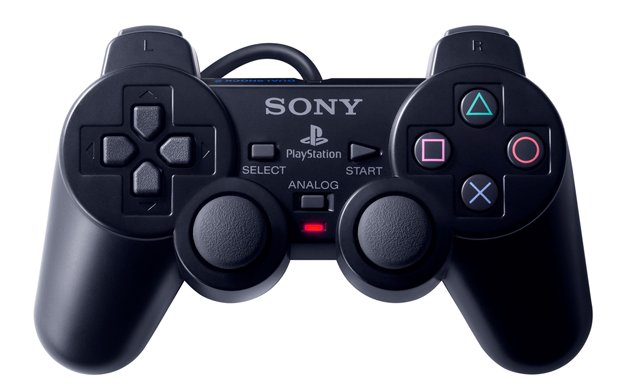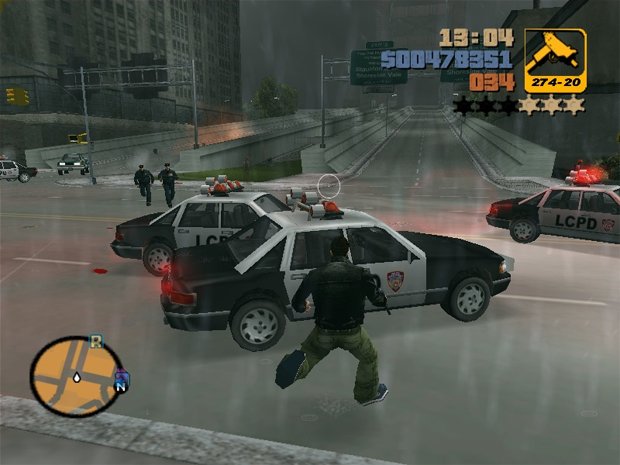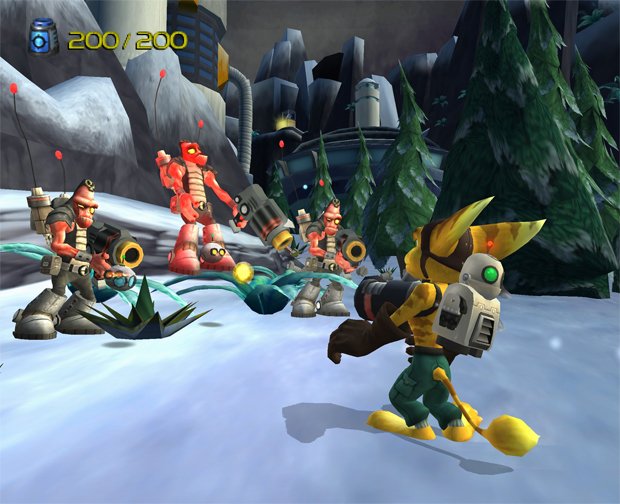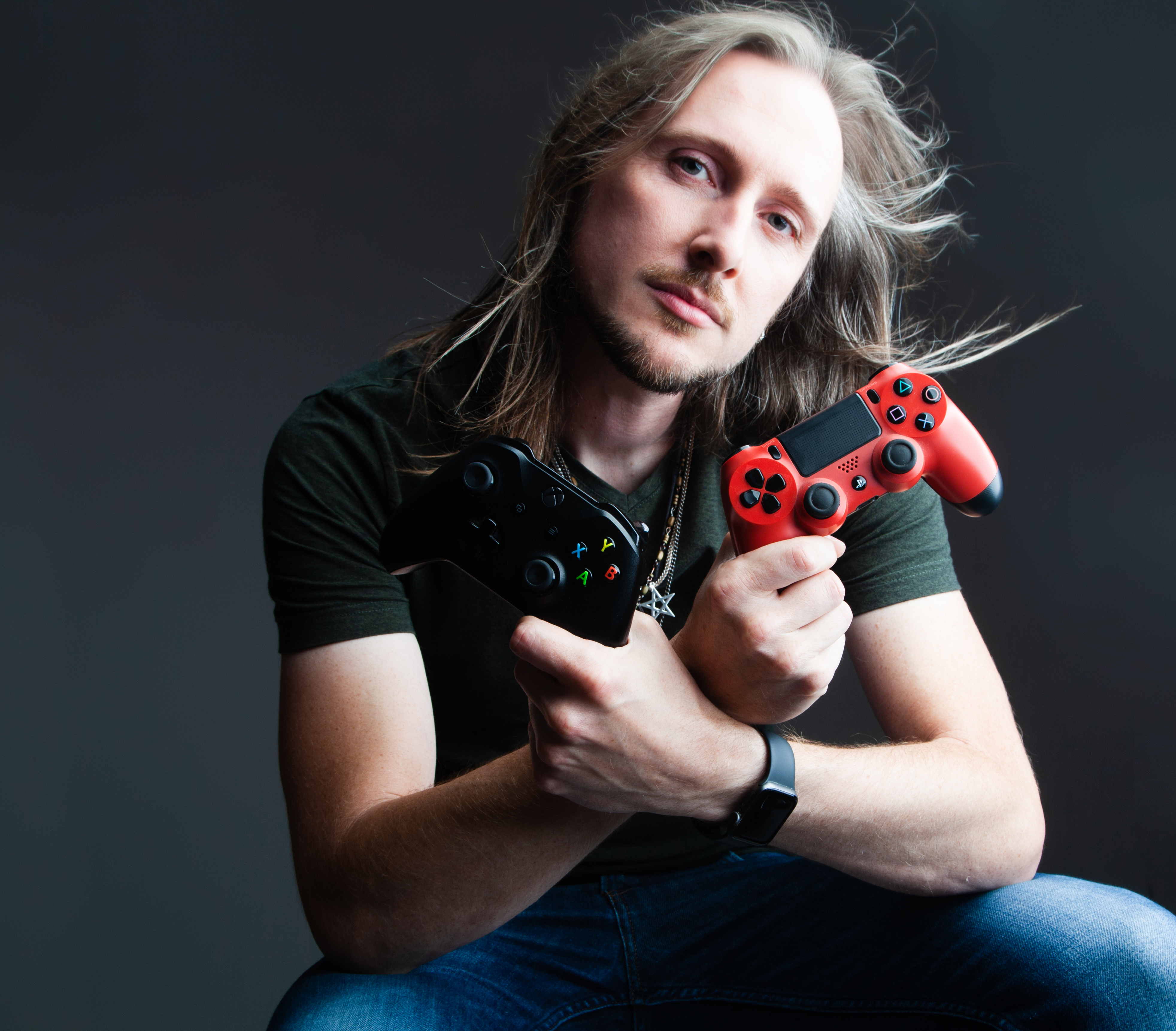Why PS2 was the best console ever
Subjective appraisal of an objectively sensational machine
With everyone expecting brilliance straight off the bat, Sony delivered SSX, firework game Fantavision and Ridge Racer V as the highlights of the launch line-up. SSX was great and a surprise hit for a new IP, but after the magnificence of Ridge Racer Type 4 on PSOne, the biggest benchmark title for progress was Ridge Racer V, which was a marked step backwards. Sure, we can look back now and appreciate its unique single-city atmosphere, but to casual observers in 2000, PS2 games were jagged and squashed-looking.
After all the promises, the reality was best described as ‘nothing special’. Rushed, even. Look at this video of the game in action. Reiko Nagase looks incredible up close, but the overall quality of the way the game is displayed is awful.
Am I selling this yet? No, I'm not. And neither was Sony. Not convincingly. To turn the PS2 around from here looked unlikely. Great games were promised, but it was months before any came through. I remember one guy in my local Electronics Boutique picking through the PSone pre-owned section, telling me he was going to have loads of games to play on his new PS2. Weirdo.
But he had a point. At least the out-of-the-box backwards compatability was excellent, with the vast majority of PSone games playable on PS2, even offering enhanced texture filters to make them look better than ever. But that's not good enough for a new machine. Things needed to change.
And things did change. Very quickly, in fact, as 2001 saw Gran Turismo 3: A-Spec finally arrive after a small delay, proving immediately that PS2 was something very special after all. If Gran Turismo on PSone had shown that hyper-realistic graphics were possible in games, GT3 made you feel like your eyes had been opened. Like those moments you may experience sometimes where you suddenly feel truly awake. And all the jaggedness of Ridge Racer V was instantly forgotten - this was how PS2 gaming was meant to be. Just look at it.:
That intro still gives me goosebumps. I actually took a picture of said goosebumps on my arm just now for illustrative purposes, but in all honestly, the resulting photo looked uber-dodgy, so probably best you just take my word for it. I had them. But I think we can all agree that the video up there shows a riotously powerful console running like an absolute dream.
Coupled with the demonstrable graphical prowess of PS2 was the advancement of the controller it came with. DualShock 2 features functionality even its successor, the DualShock 3, does not, namely its pressure-sensitive buttons. Every button bar the Start/Select, analog on/off and 'stick click' L3/R3 commands can register the pressure of your control input.
Sign up to the GamesRadar+ Newsletter
Weekly digests, tales from the communities you love, and more

Feed in throttle just by squeezing X harder. Lower your gun by easing off the trigger in MGS2. With this next-gen control coupled with tweaked rumble feedback and twin analogue sticks after PSOne's tentative prototypes, PS2 pads were the most advanced standard pads ever. Arguably still are, unless you count Wii U with its touch screen GamePad.
After the painfully slow start, PS2 finally hit its stride. GT3 was followed in quick succession by Metal Gear Solid 2: Sons of Liberty, which was more liberating to play than anything that had come before thanks to incredible freeform tactical gameplay. It was grown-up gaming. And then, to make PS2 the absolute must-have machine and finally prove Dreamcast could never have kept up for the generation, Grand Theft Auto III came along and sales went through the roof. That was it. PS2 was unstoppable.

But it wasn't just these big-hitters that were now selling the machine. Overall quality of games across the board was rising exponentially. It wasn't that everyone was suddenly getting used to PS2's 'hard to program for' chipset. It was that the problem was being removed from the equation by middleware like Criterion’s RenderWare, which was licensed out to many developers and provided the game engine for everything from GTA to Burnout 2: Point of Impact and Tony Hawk's Pro Skater 3. By giving developers a simple, powerful framework within which to build their games (for a fee), creativity became king.
What followed was a golden age of gaming. No hardware gimmicks, no microtransactions. Just great games. With the user-base now skyrocketing, developers threw money at PS2 game development, resulting in one of the biggest and most diverse game line-ups in history. From family-friendly platforming in Ratchet & Clank to the grown-up chills of Survival Horror in Silent Hill 2, everyone was catered for with ultra-quality entertainment – and with course after delicious course of fresh IPs in every genre.

And through all of this, the console remained a games machine. I'm not saying it didn't help that it could play DVDs too, which certainly helped justify the asking price and even made some people buy PS2 as their first DVD player. For them, its ability to play games was a pleasant bonus. But even the DVD format was quickly adopted to make the games better thanks to its extra capacity, as SSX Tricky demonstrated immediately with its reams of video extras over the CD: ROM original.
The console was designed to be the best games console, not the best media hub, which is why it still remains one of the best choices for gamers looking for offline multiplayer sessions and single-player adventures.
Justin was a GamesRadar staffer for 10 years but is now a freelancer, musician and videographer. He's big on retro, Sega and racing games (especially retro Sega racing games) and currently also writes for Play Magazine, Traxion.gg, PC Gamer and TopTenReviews, as well as running his own YouTube channel. Having learned to love all platforms equally after Sega left the hardware industry (sniff), his favourite games include Christmas NiGHTS into Dreams, Zelda BotW, Sea of Thieves, Sega Rally Championship and Treasure Island Dizzy.



